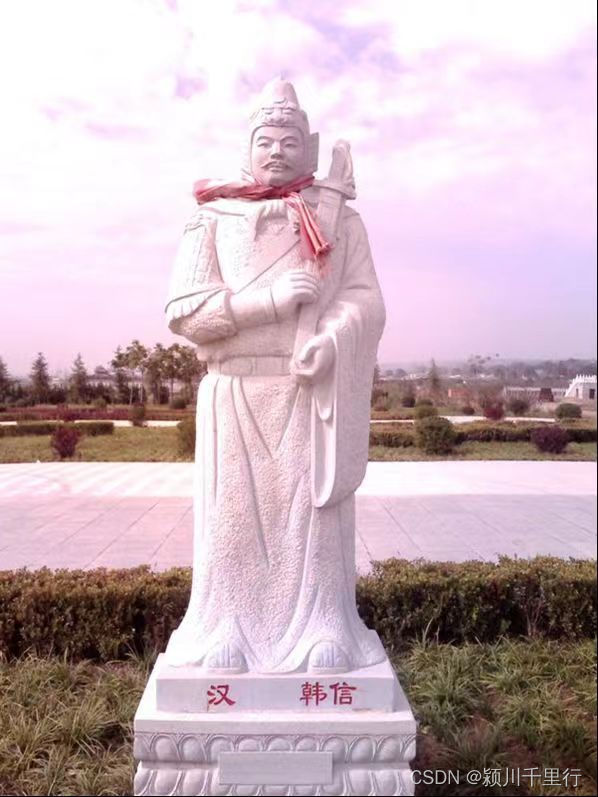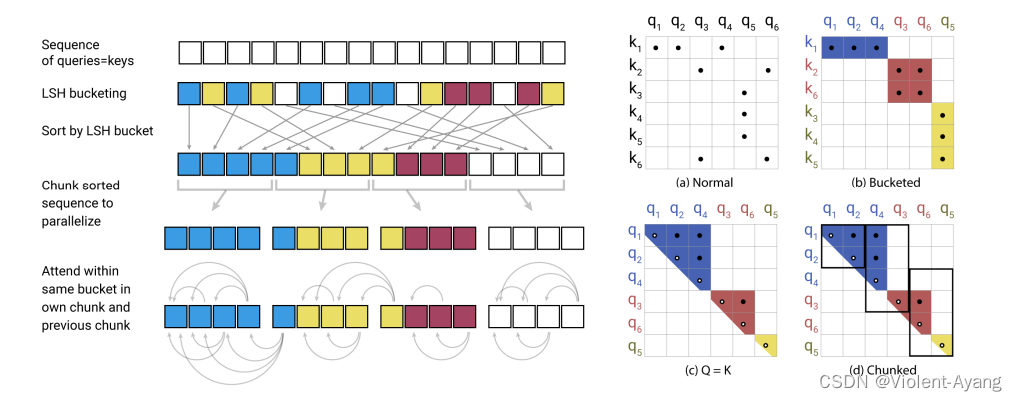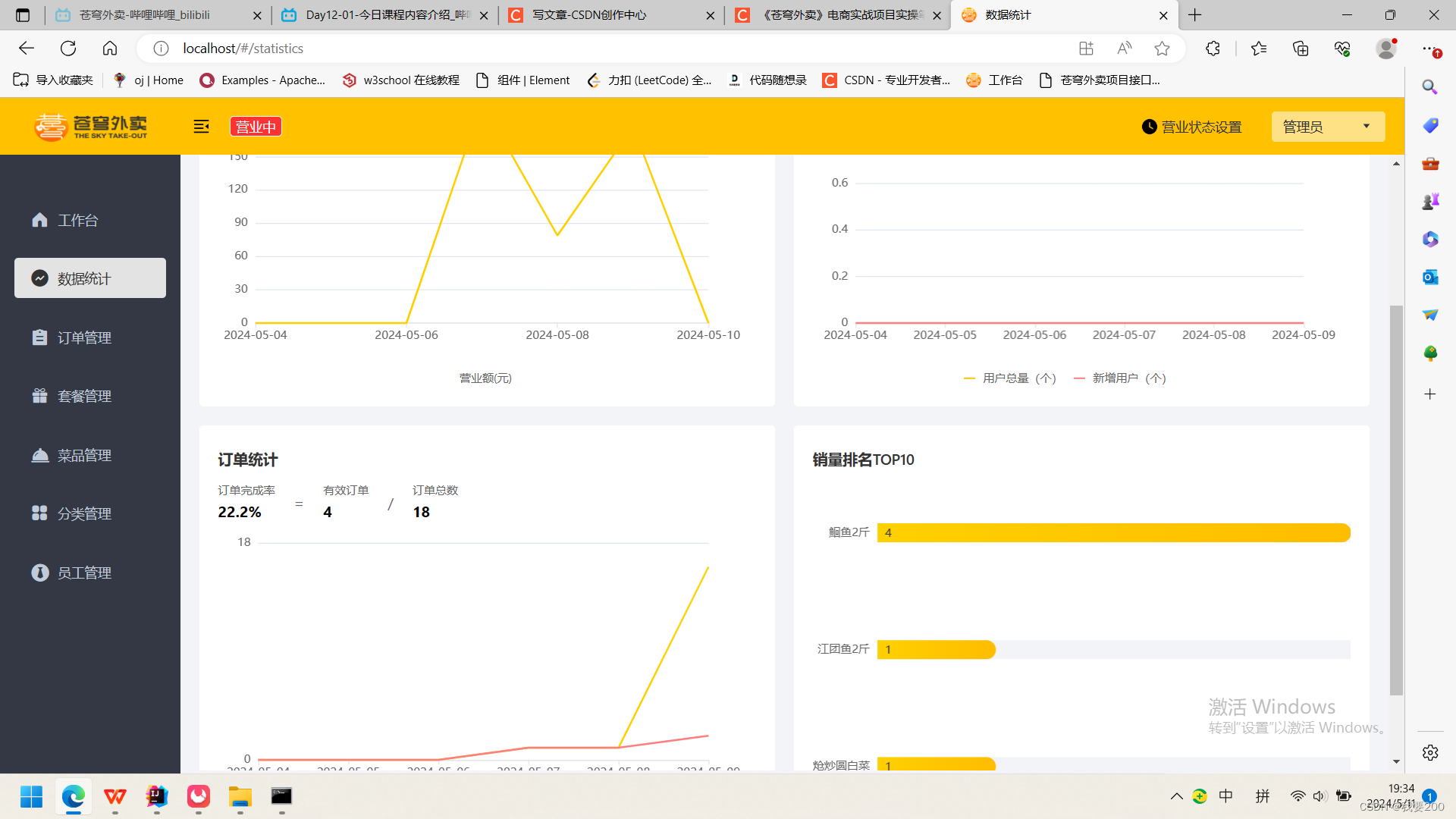一、线程
1.定义
线程:是一个进程并发执行多种任务的机制。
串行:多个任务有序执行,一个任务执行完毕后,再去执行下一个任务
并发:多个任务在单个CPU上运行,同一个时间片上只能运行一个任务,cpu不停在各个任务上切换
并行:多任务在多个cpu上运行,同一个时间片上可以执行多个任务
其中上下文:运行一个进程所需要的所有资源
上下文切换:切换进程时,cpu访问的资源需要替换原先的资源,进程的上下文切换是个耗时操作,所以引入线程。
因为线程属于同一进程下,共享其附属进程的所有资源。
2.进程和线程的区别
1.进程时资源分配的最小单位,线程是任务运行的最小单位
2.进程和进程之间相互独立,内核空间共享。进程之间数据通信需要引进IPC通信机制
3.线程与线程之间共享其附属进程的所有资源,所以线程之间通信不需要通信机制,但是需要注意同步互斥
4.多线程的效率比多进程高,多进程的稳定性比多线程高,多进程的资源量比多线程高
二、线程的创建 pthread_creat
gcc时需要加-pthread
#include <head.h>
// 线程执行体,里面写副线程要执行的内容
void *callBack(void *arg) // void *arg=NULL
{
while (1)
{
printf("副线程\n");
sleep(1);
}
return NULL;
}
int main(int argc, char const *argv[])
{
// 创建一个分支线程
pthread_t tid;
if (pthread_create(&tid, NULL, callBack, NULL) != 0)
{
// 第一个参数:线程成功创建后的tid号
// 第二个参数:线程属性,一般填NULL,代表默认属性
// 第三个参数:回调函数,void *(callback)(void *) 函数指针,指向返回值void*类型,参数列表式void*类型的函数
// 第四个参数:传递给回调函数的参数
fprintf(stderr, "创建线程失败");
}
while (1)
{
printf("主线程\n");
sleep(1);
}
return 0;
}
pthread_creat传参
i.主线程向子线程传参
#include <head.h>
// 线程执行体,里面写副线程要执行的内容
void *callBack(void *arg) // void *arg=NULL
{
while (1)
{
printf("副线程 a=%d,&a=%p\n", *(int *)arg, arg);
sleep(1);
}
return NULL;
}
int main(int argc, char const *argv[])
{
int a = 10;
// 创建一个分支线程
pthread_t tid;
if (pthread_create(&tid, NULL, callBack, (void *)&a) != 0)
{
fprintf(stderr, "创建线程失败");
}
while (1)
{
printf("主线程 a=%d,&a=%p\n", a, &a);
sleep(1);
}
return 0;
}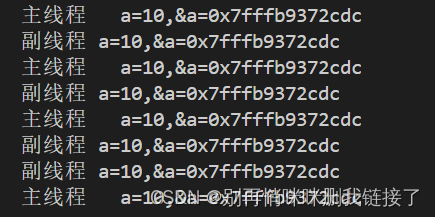
ii.子线程向主线程传参
#include <head.h>
// 线程执行体,里面写副线程要执行的内容
void *callBack(void *arg) // void *arg=&pa &pa本身是int **类型
{
int a = 10;
*(int **)arg = &a; // 二级指针int**类型,解引用后,访问的是int**类型
// 如果不强转,void*类型,就不知道要访问多少个字节
while (1)
{
printf("副线程 a=%d,&a=%p\n", a, &a);
sleep(1);
}
return NULL;
}
int main(int argc, char const *argv[])
{
int *pa = NULL;
// 创建一个分支线程
pthread_t tid;
if (pthread_create(&tid, NULL, callBack, (void *)&pa) != 0) // 要修改pa的值就要把pa的地址传过去
{
fprintf(stderr, "创建线程失败");
}
while (1)
{
if (pa != NULL)
{
printf("主线程 a=%d,&a=%p\n", *pa, pa);
sleep(1);
}
}
return 0;
}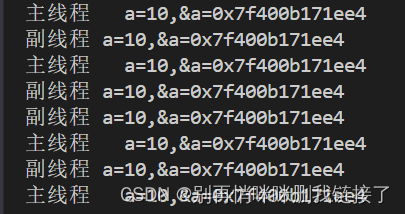
三、线程的退出与回收 pthread_exit和pthread_join
i.不接收退出状态值
#include <head.h>
// 线程执行体,里面写副线程要执行的内容
void *callBack(void *arg) // void *arg=NULL
{
int i = 0;
while (i < 3)
{
printf("分支线程\n");
sleep(1);
i++;
}
printf("分支线程准备退出\n");
pthread_exit(NULL); // 用于退出线程,不想传递退出状态值就填NULL
return NULL;
}
int main(int argc, char const *argv[])
{
// 创建一个分支线程
pthread_t tid;
if (pthread_create(&tid, NULL, callBack, NULL) != 0)
{
fprintf(stderr, "创建线程失败");
}
pthread_join(tid, NULL);//阻塞等待分支进程结束
// 第一个参数:分支线程的tid号
// 第二个参数:null为不接收线程退出的状态值
// 不为null则将pthread_exit传递的退出状态复制到该二级指针指向的一级指针中。
printf("主线程准备退出\n");
return 0;
}
ii.接收退出的状态值
#include <head.h>
// 线程执行体,里面写副线程要执行的内容
void *callBack(void *arg) // void *arg=NULL
{
int i = 0;
while (i < 3)
{
printf("分支线程\n");
sleep(1);
i++;
}
printf("分支线程准备退出\n");
static int a = 10; // 若不加static,则分支进程结束了之后,a也将不存在,加static来延长生命周期
pthread_exit(&a);
return NULL;
}
int main(int argc, char const *argv[])
{
// 创建一个分支线程
pthread_t tid;
if (pthread_create(&tid, NULL, callBack, NULL) != 0)
{
fprintf(stderr, "创建线程失败");
}
void *ptr = NULL;
pthread_join(tid, &ptr);
printf("%d\n", *(int *)ptr);
printf("主线程准备退出\n");
return 0;
}
练习:分别用两个线程来拷贝一张图片的前半部分和后半部分
#include <head.h>
// 拷贝前半部分
void *callback1(void *arg)
{
// 以读的方式打开文件
int fd_r = open("./1.png", O_RDONLY);
if (fd_r < 0)
{
perror("open");
return NULL;
}
// 以写的方式打开文件
int fd_w = open("./copy.png", O_WRONLY);
if (fd_w < 0)
{
perror("open");
return NULL;
}
off_t size = lseek(fd_r, 0, SEEK_END); // 通过文件的偏移量来计算文件的大小
// lseek的返回值为距离文件开头的偏移量
// 修改文件偏移量到文件开头位置
lseek(fd_r, 0, SEEK_SET);
lseek(fd_w, 0, SEEK_SET);
char c = 0;
for (int i = 0; i < size / 2; i++)
{
read(fd_r, &c, 1);
write(fd_w, &c, 1);
}
printf("前半部分拷贝完\n");
// 关闭文件
close(fd_r);
close(fd_w);
pthread_exit(NULL);
}
// 拷贝后半部分
void *callback2(void *arg)
{
// 以读的方式打开文件
int fd_r = open("./1.png", O_RDONLY);
if (fd_r < 0)
{
perror("open");
return NULL;
}
// 以写的方式打开文件
int fd_w = open("./copy.png", O_WRONLY);
if (fd_w < 0)
{
perror("open");
return NULL;
}
off_t size = lseek(fd_r, 0, SEEK_END); // 通过文件的偏移量来计算文件的大小
// lseek的返回值为距离文件开头的偏移量
// 修改文件偏移量到文件开头位置
lseek(fd_r, size / 2, SEEK_SET);
lseek(fd_w, size / 2, SEEK_SET);
char c = 0;
for (int i = size / 2; i < size; i++)
{
read(fd_r, &c, 1);
write(fd_w, &c, 1);
}
printf("后半部分拷贝完\n");
// 关闭文件
close(fd_r);
close(fd_w);
pthread_exit(NULL);
}
int main(int argc, char const *argv[])
{
// 两个线程在拷贝前,确保文件存在且是清空状态
int fd_w = open("./copy.png", O_WRONLY | O_CREAT | O_TRUNC, 0664);
if (fd_w < 0)
{
perror("open");
return -1;
}
close(fd_w);
// 创建两个线程
pthread_t tid1, tid2;
if (pthread_create(&tid1, NULL, callback1, NULL) != 0)
{
fprintf(stderr, "分支线程1创建失败\n");
return -1;
}
if (pthread_create(&tid2, NULL, callback2, NULL) != 0)
{
fprintf(stderr, "分支线程1创建失败\n");
return -1;
}
// 阻塞等待分支线程退出
pthread_join(tid1, NULL);
pthread_join(tid2, NULL);
return 0;
}四、分离线程 pthread_detach
分离线程,线程退出后资源由内核自动回收
当使用pthread_detach分离tid后,pthread_join就无法再回首tid线程的资源了且pthread_join不再阻塞
所以pthread_join和pthread_detach挑一个使用。
#include <head.h>
// 线程执行体,里面写副线程要执行的内容
void *callBack(void *arg) // void *arg=NULL
{
printf("副线程\n");
pthread_exit(NULL);
return NULL;
}
int main(int argc, char const *argv[])
{
// 创建一个分支线程
pthread_t tid;
if (pthread_create(&tid, NULL, callBack, NULL) != 0)
{
fprintf(stderr, "创建线程失败");
}
pthread_detach(tid);
printf("主线程\n");
return 0;
}![]()
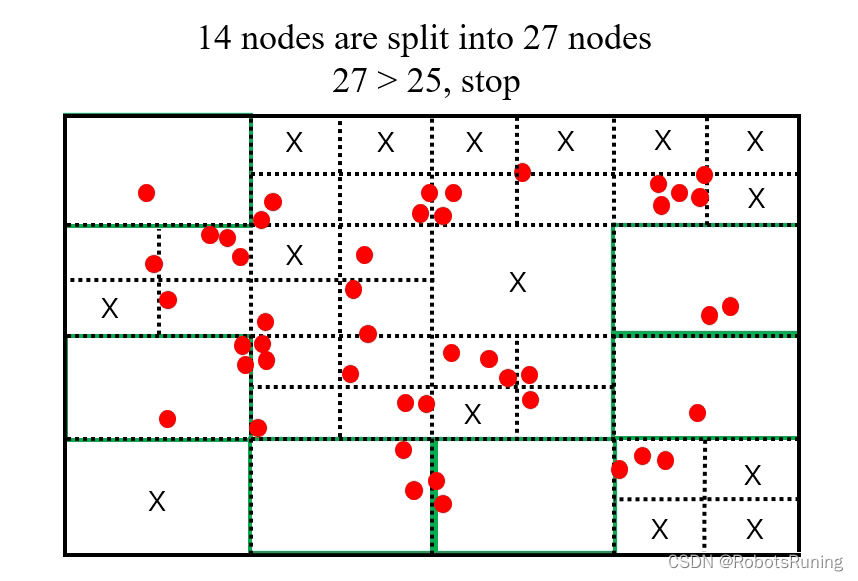
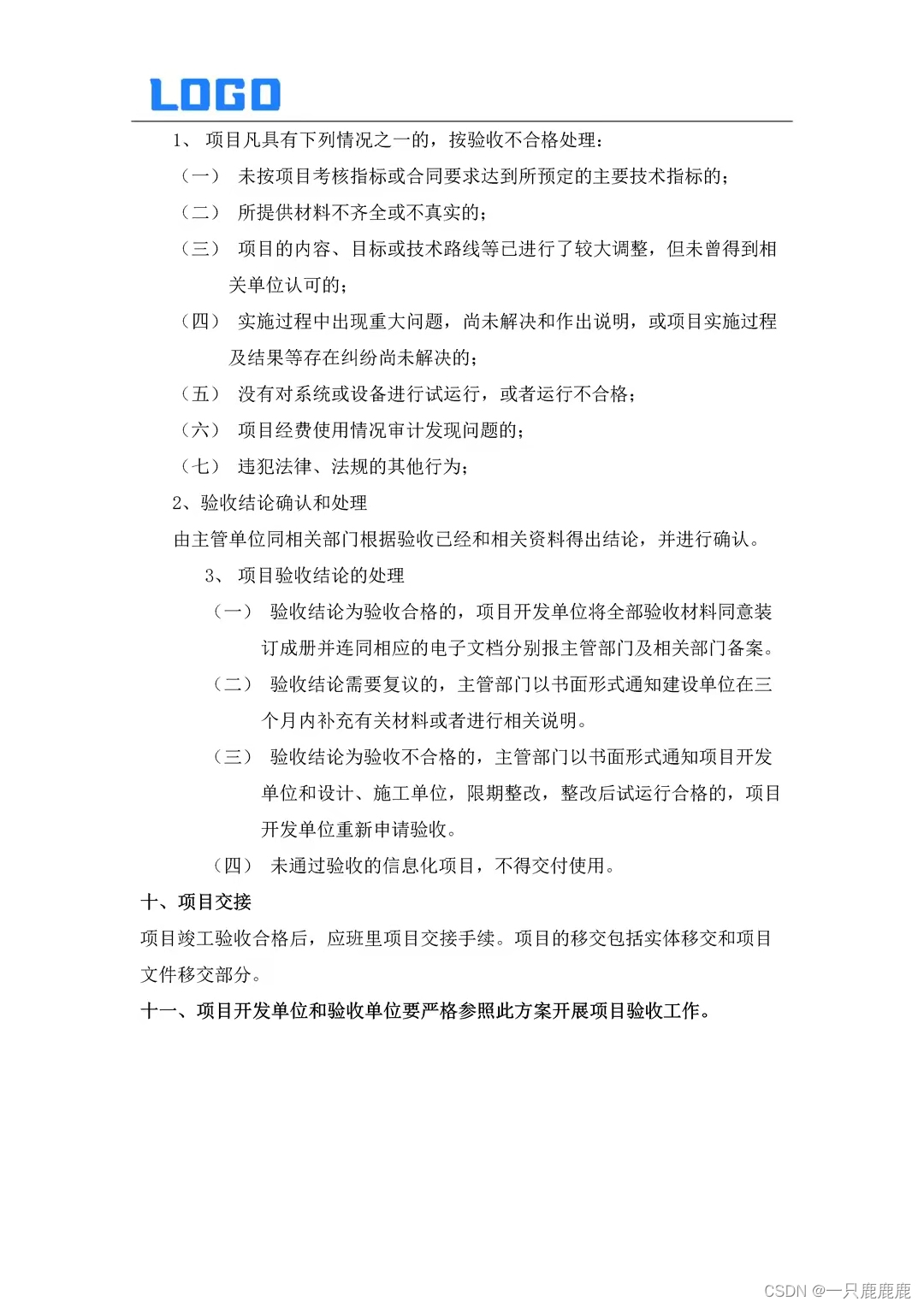
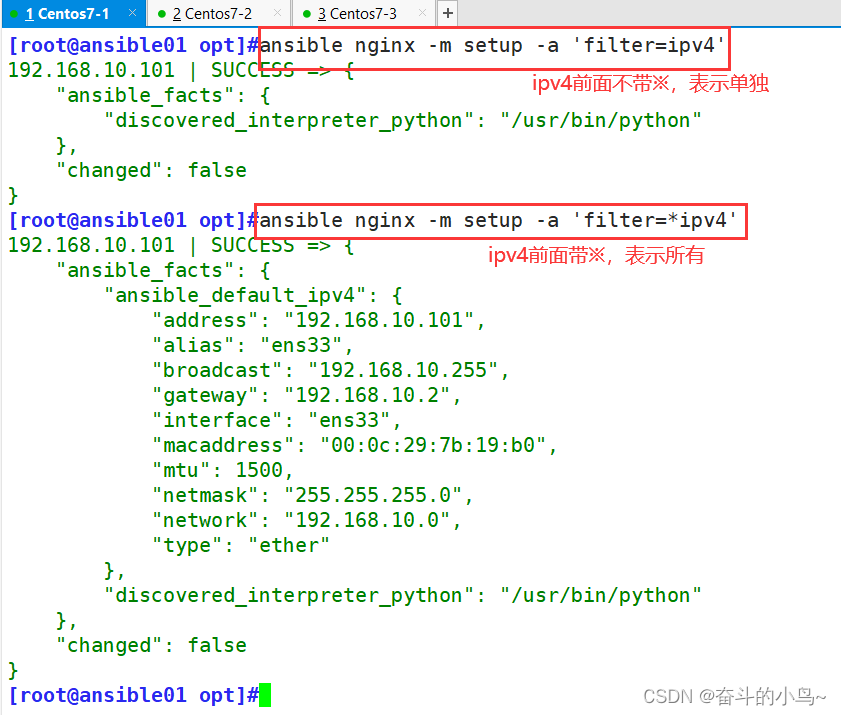



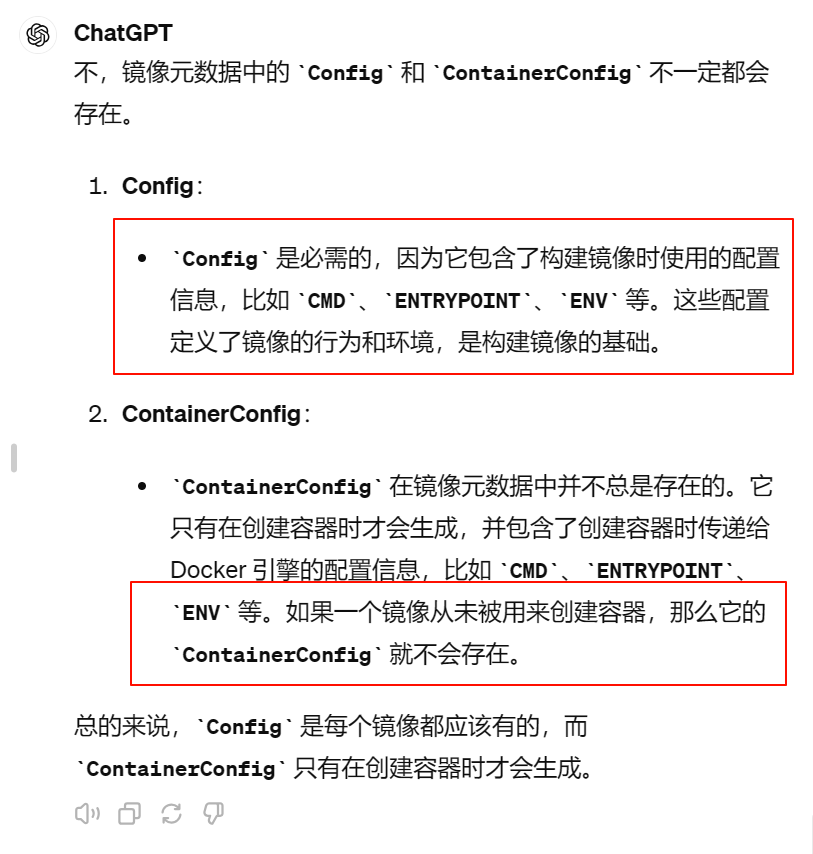
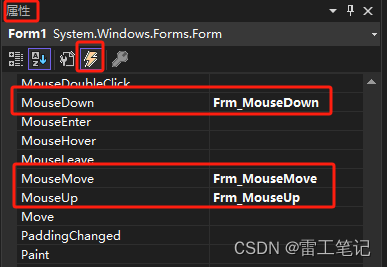
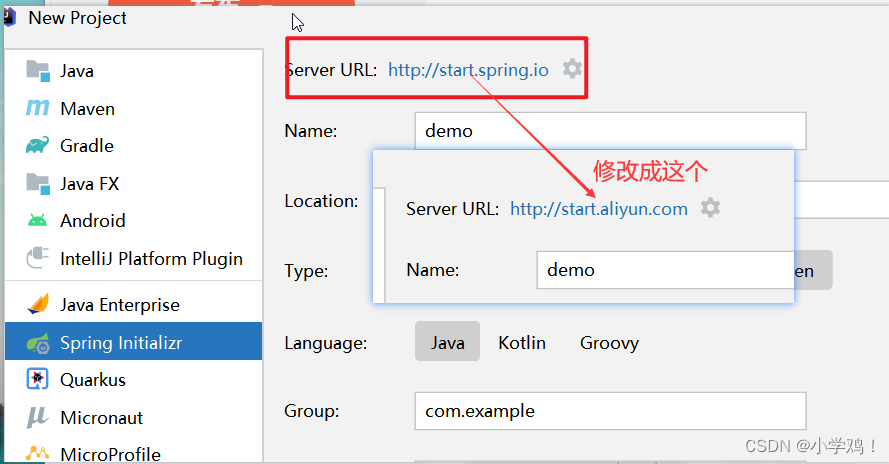
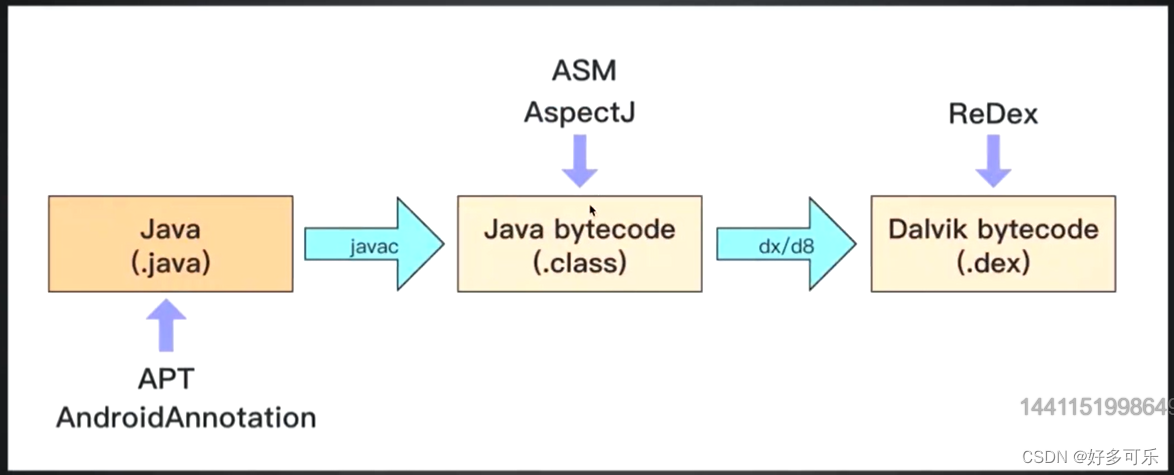
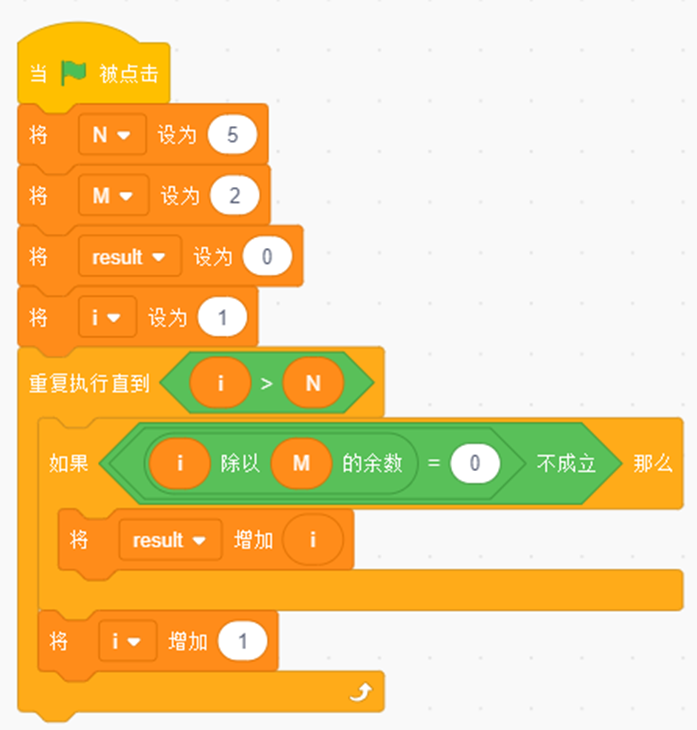
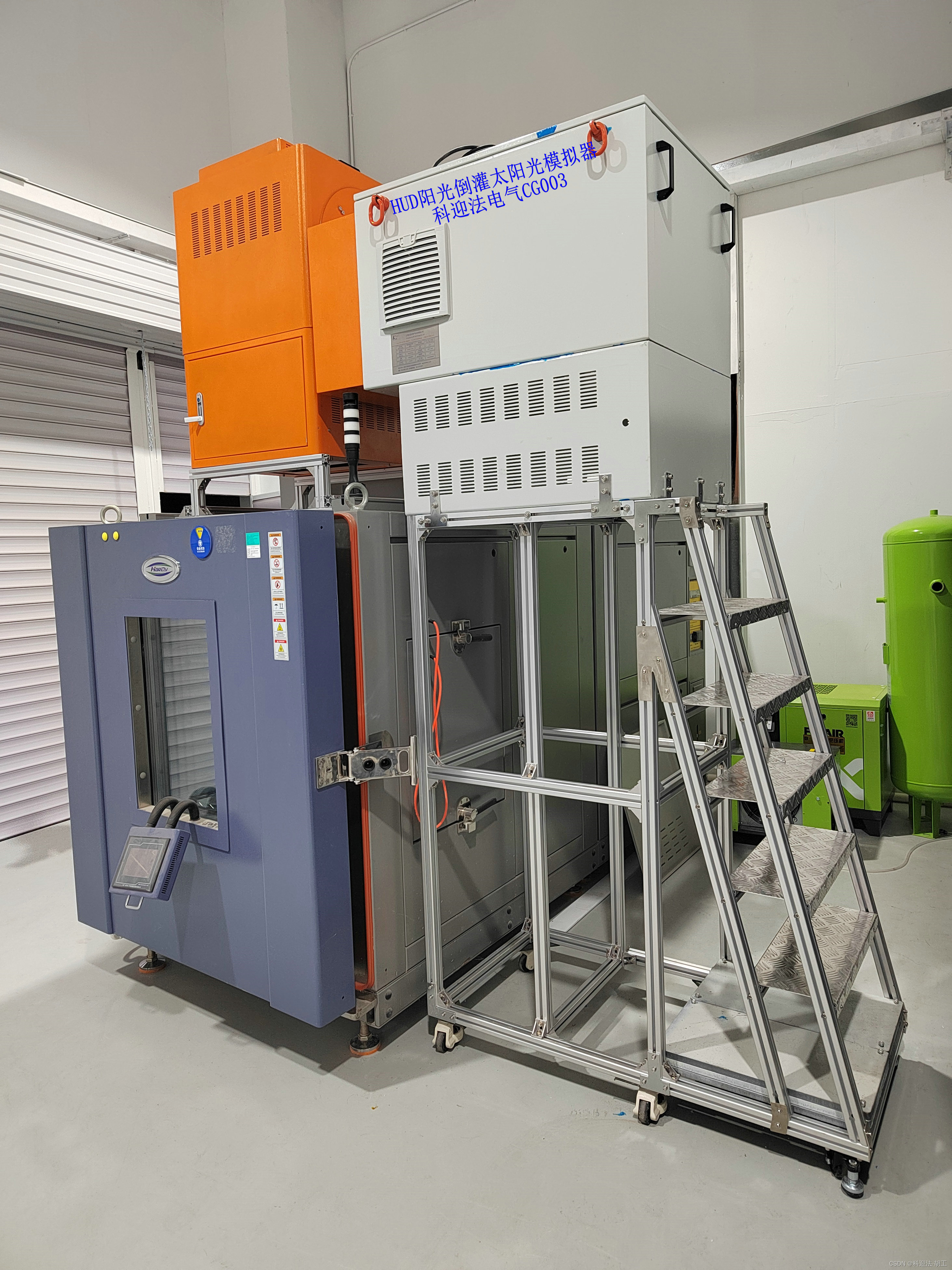
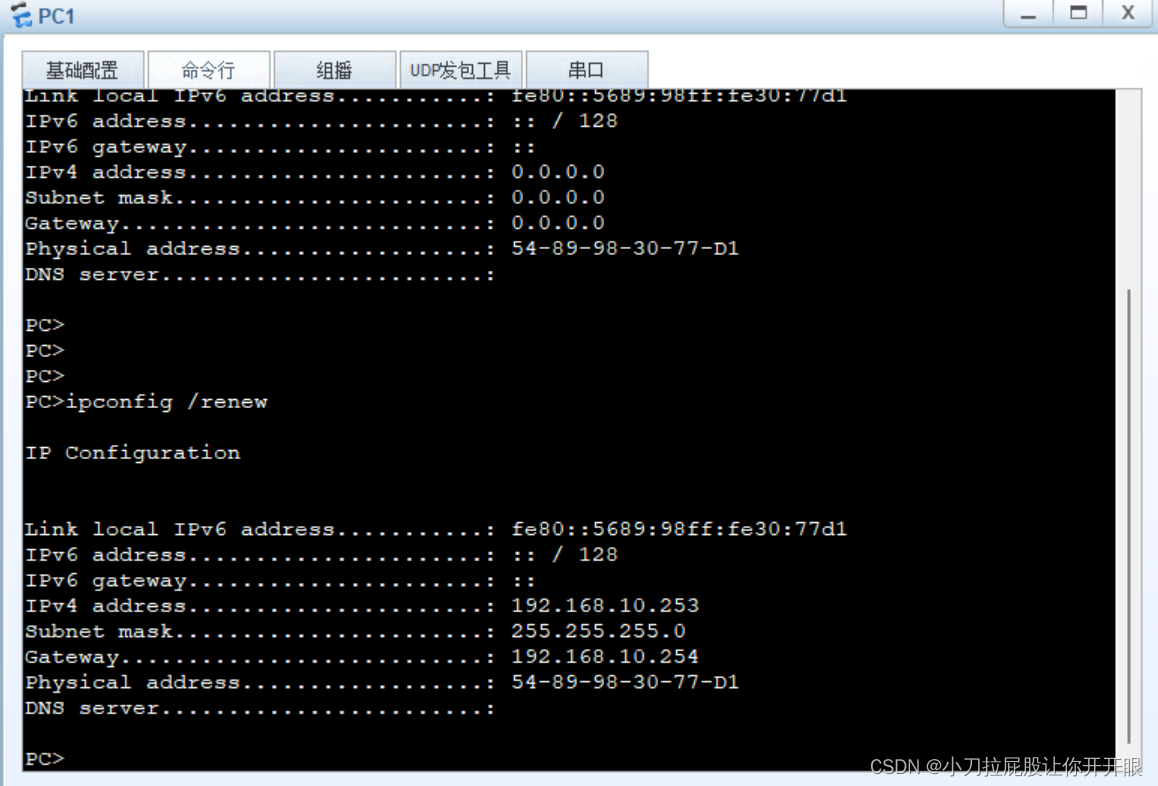
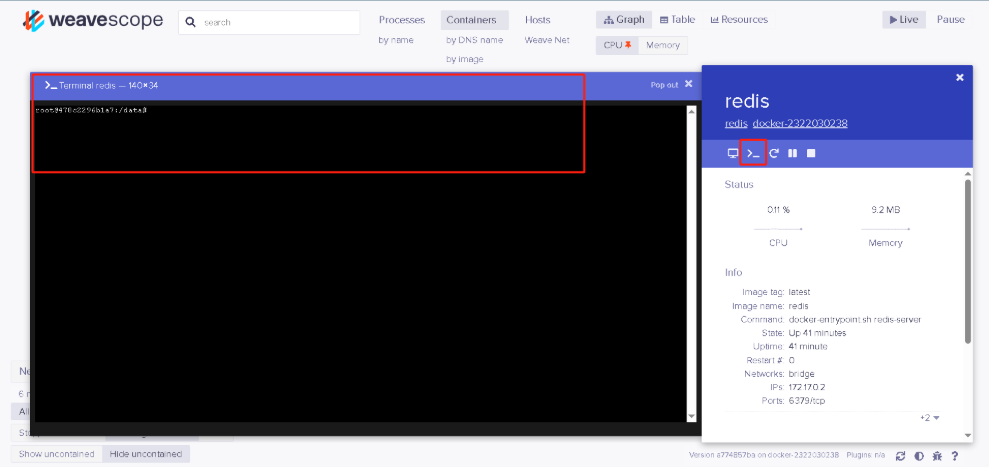
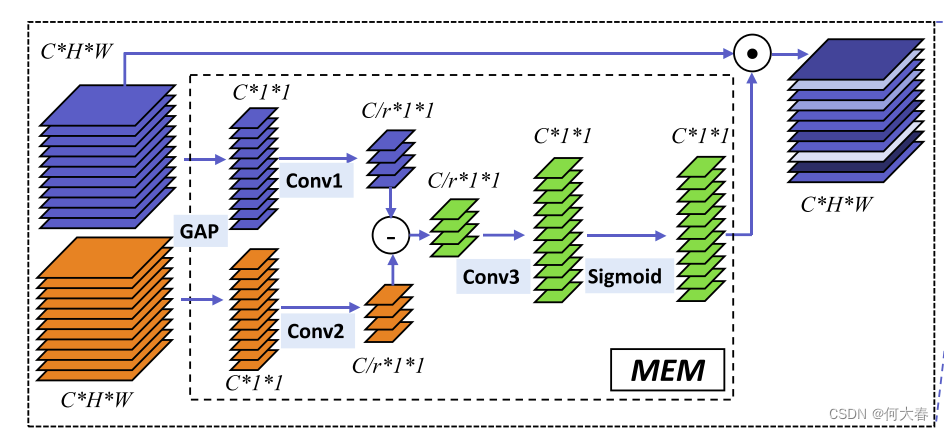
![BUU-[极客大挑战 2019]Http](https://img-blog.csdnimg.cn/img_convert/e17de46ff75804a929240042b3e08c63.png)

